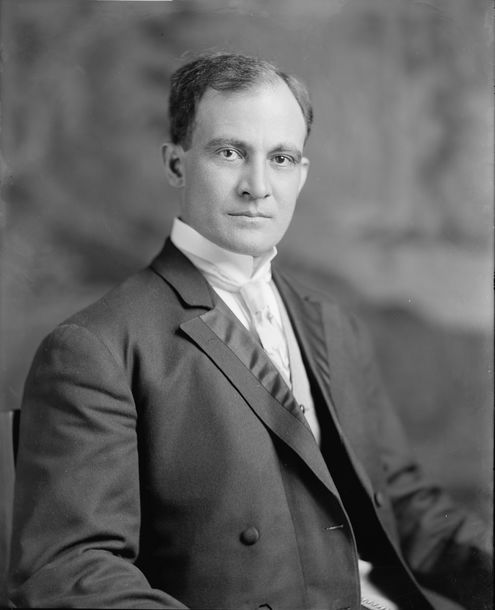PDF
Related Link: Woman Suffrage Centennial

credit: Prints and Photographs Division. Library of Congress
By 1913 nine states had adopted full suffrage for women. More than a dozen others had extended partial voting rights. Yet the goal of adopting a constitutional amendment remained elusive, blocked by a coalition of opponents from both political parties. Some opponents, such as Senator Nathan Bryan of Florida, argued that the measure undermined states’ rights. “I am one of those who believe that the privilege of voting ought to be controlled by each State,” he insisted. “It is wholly wrong for Arizona to say to Maine who her voters shall be.”
